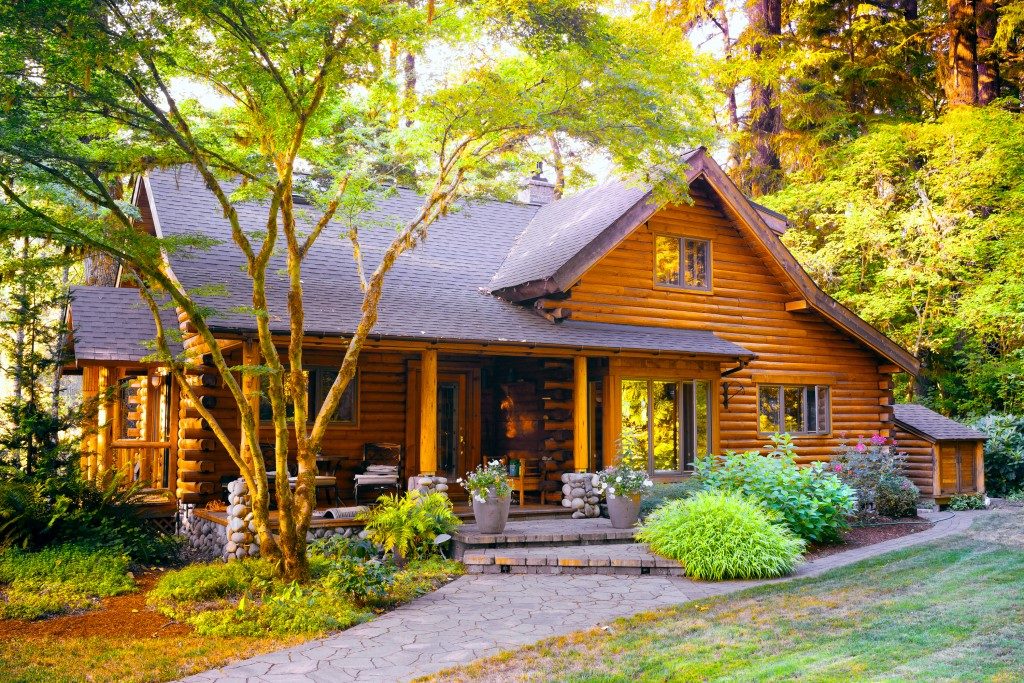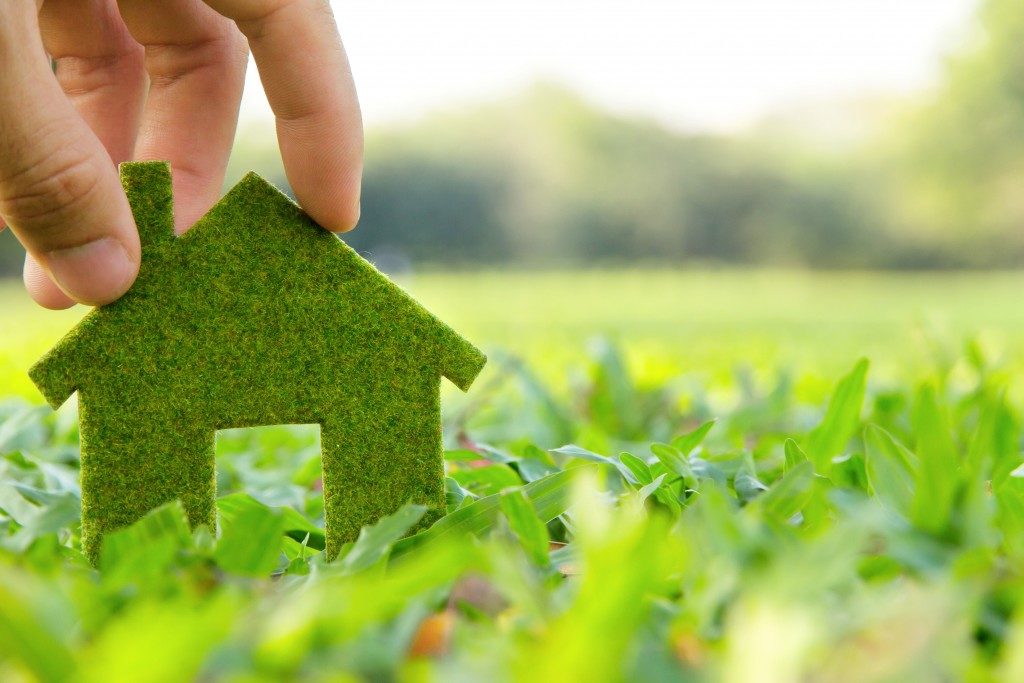More people are becoming aware of the advantages of living in a green home. Living in one is not only about saving energy or keeping the bills short, but also doing something for the environment. Talking to your trusted real estate agent, for one, can help in your search for a green home. Talk in detail with them and see some options they can lay down for you. Here are some things to keep in mind when looking for a green home:
Things You Should Look For
Prioritize the location when you’re green home hunting. Wetlands, prime farmlands, and areas where endangered species are living are no-nos. These places should be kept intact as much as possible. Consider properties like old parking lots, factories, shopping malls, and rail yards that have been resurrected to become new homes. A house can be called green when it’s near means of transportation and within walking distance to facilities and stores because you don’t need to use your car which leaves a carbon footprint.
The size of a home matter. You can’t say you’re living in a green home if your home is too big. Ideally, the smaller the home, the better because it adheres to green standards. Bigger homes require more energy use which contradicts green standards.
As with the design, you should choose a home which has a lot of natural light. The home must also have a lot of entryways for the wind to come through so not much air conditioning is used. A dual-glazed window is good because it can make the house cooler in summer and warmer in winter.
Going Green
 The house itself is considered green when no toxic materials were used in its construction. It’s called a green home when it was constructed or renovated using non-toxic materials like zero-VOC sealants (volatile organic compound) and paints. Green homes also use pieces of wood from “rapidly renewable” resources such as bamboo. Kitchen tiles and other materials are also from recycled content.
The house itself is considered green when no toxic materials were used in its construction. It’s called a green home when it was constructed or renovated using non-toxic materials like zero-VOC sealants (volatile organic compound) and paints. Green homes also use pieces of wood from “rapidly renewable” resources such as bamboo. Kitchen tiles and other materials are also from recycled content.
When it comes to insulation, most green homes use “non-toxic insulation” like cotton or soy. These types of insulation come in “high resistance factor.” It helps the prevention of leakage of air during summer and winter. Additionally, a green home should have doors and windows that shut tightly so that there’s no heat loss during winter or heat gain in summer.
One of the most important factors of a green home is its energy efficiency. The lighting, cooling, heating, and water heating systems should all be energy efficient. A green home should also make use of technology that allows generation of own energy which comes from “renewable resources.”
It’s Good to Go Green
Going green shouldn’t only happen inside the house but also outside. A property with some trees and a garden is a great way to not only go green, but also have a presentable home. Likewise, putting up some living walls is also great. Some people even take going green to the next level. They build their urban farms to harvest some vegetables or herbs from their gardens.
Lastly, do your homework. Know what to look for when you’re green home hunting. Talk to your New Jersey real estate agent to discover your options. Visit green homes for sale and see for yourself if each property is green enough for your liking.
It’s not hard to look for green homes anymore. This is becoming a revolution and the more people are aware of this, the more green homes you can choose from. With that, consult a reputable real estate agent today so that you can find the green home of your dreams.

